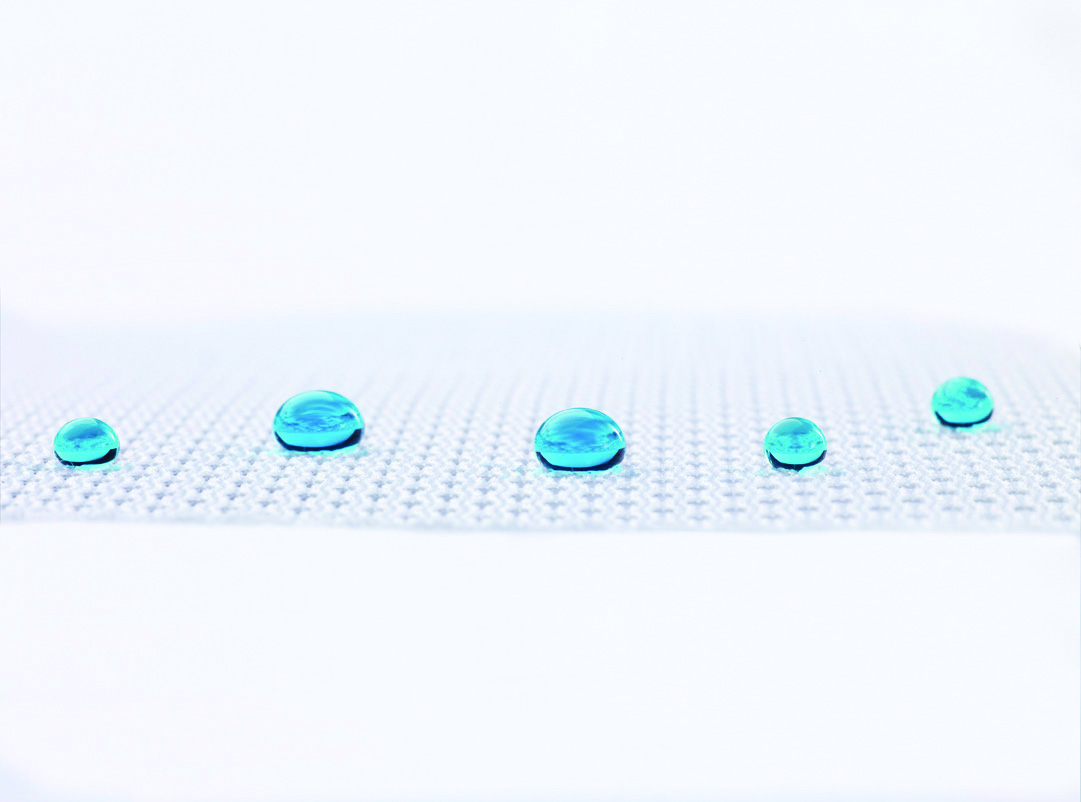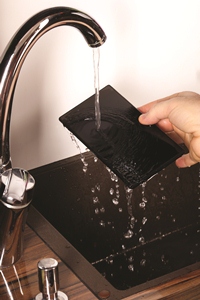From autonomous vehicles and robots to sensors and connected homeware, the Internet of Things (IoT) will soon support every aspect of our lives. Smarter devices that connect to vast networks of individual nodes will become vital links in endless chains of data points, continually feeding information to each other.
By talking with and responding to other IoT devices, as well as monitoring external environmental data, these networks will provide a more streamlined way of working and improved services for the end-user, whoever they may be, says Ady Moores, CEO of P2i.
Recent predictions from Gartner state that by 2020 IoT technology will be in 95% of electronics for new product designs, and that there will be over 20 billion individual IoT devices in play across the network in the same period. Very soon, the overwhelming majority of electronics available to buy will be connected to the internet.
But in order to get to this point and to create an ‘always on’ digital ecosystem, the resilience of these IoT networks needs to be guaranteed. This will hinge upon technological developments such as the imminent roll out of 5G networks, as well as the faster and smarter communication technologies that will underpin our IoT systems. But better networks can only take us so far.
Device vulnerability affects reliable networking
 If any of the links in the IoT chain are physically compromised, then this can have greater knock-on effects. It doesn’t matter how much capacity the network has, or how fast data-rates are, if individual nodes can be easily damaged, are unable to transmit data or start transmitting inaccurate data. The IoT will only be effective if the data collected from each device contributes to the running of the system as a whole.
If any of the links in the IoT chain are physically compromised, then this can have greater knock-on effects. It doesn’t matter how much capacity the network has, or how fast data-rates are, if individual nodes can be easily damaged, are unable to transmit data or start transmitting inaccurate data. The IoT will only be effective if the data collected from each device contributes to the running of the system as a whole.
Humidity is an inevitable and inescapable factor in the life of an IoT device, especially those deployed in external environments exposed to the elements. With perhaps the exception of blunt force trauma, nothing has such a damaging effect on the performance and connectivity of electronics, as liquid ingress. To tackle this, manufacturers are using multi-chemistry hydrophobic nano coating solutions in order to maintain the reliability of devices and increase continuous uptime across the entire IoT network.
Nano coatings: how do they work?
Unlike more traditional, mechanical water-resistant solutions, nano coatings do not require physical seals to be installed onto a device but rather are applied through a low-pressure pulsed plasma deposition process. This layer – invisible to the naked eye – covers the device inside and out with a nano-scale monomer which chemically bonds to its surface. In effect, water-resistance is baked into the hardware.
 This method provides greater design freedom than physical gaskets and seals. Furthermore, it can also add a reassuring level of protection to expensive devices, or ensure cost-effectiveness for the hundreds of thousands of low cost sensors which are cheaper to produce than the maintenance that they would potentially need due to liquid ingress.
This method provides greater design freedom than physical gaskets and seals. Furthermore, it can also add a reassuring level of protection to expensive devices, or ensure cost-effectiveness for the hundreds of thousands of low cost sensors which are cheaper to produce than the maintenance that they would potentially need due to liquid ingress.
Those IoT devices that are exposed to weather conditions will often have ruggedised features, but adding a hydrophobic nano coating means that if a physical barrier is ever compromised – which they often are over time – they are still protected against corrosion and will continue to operate efficiently.
Surge in connectivity = growing demand

The huge benefits that nano coating technologies can bring to the IoT are already being harnessed in the industry, as demand for them is booming. Recent figures from Zion Market Research predicted that worldwide demand for nano coating technologies is set to grow by nearly a quarter year on year, with the global market for nano coating projected to be worth $6.85 billion by 2020.
These technologies can add substantial value and reliability to all devices that make up the IoT, whether they are consumer facing or industrial grade. By protecting against both accidental damage, contact with humans and external environments, hydrophobic nano coatings can ensure continuous connectivity throughout an entire lifecycle of a device, protecting our connected future.
The author of this blog is Ady Moores, CEO of P2i
Comment on this article below or via Twitter: @IoTNow_OR @jcIoTnow










